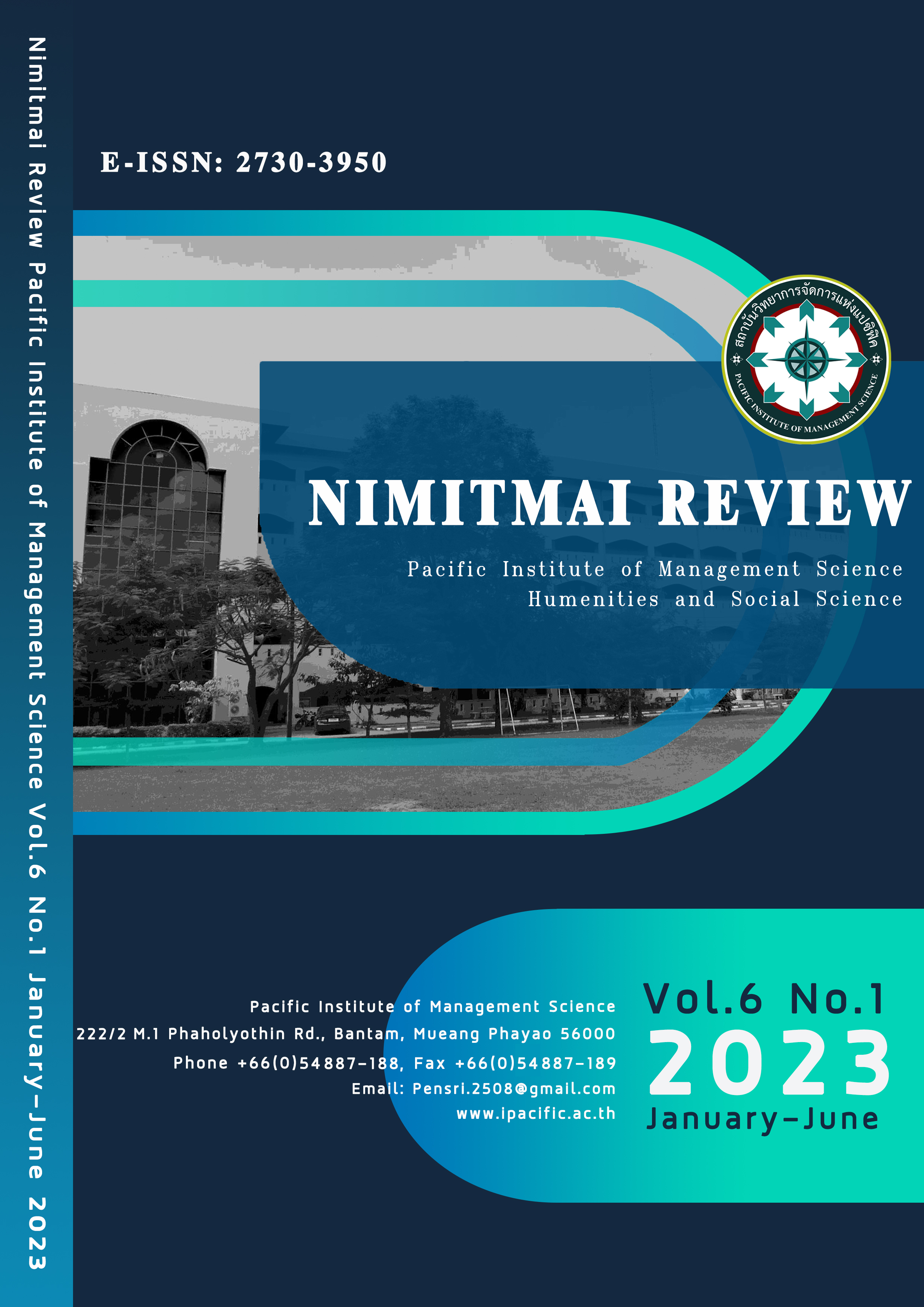Film Production Management in China: Film Box Office as Indicator
Keywords:
Keywords: Film Box Office, Film Production Management, Indicator, Film SoundAbstract
This studies the factors that influence the box office of Chinese film production management. Including economy, film type and film technology, were selected to propose hypotheses. The sample comes from top 20 films that have been released in China in the past five years. In the research process, these influencing factors are first quantified and coded, and descriptive, significance and correlation analysis are carried out on this basis. After that, the significance of the influencing factors and the box office was verified empirically through the regression method. The research found that the film box office must be affected by economic factors. The box office and the sound of films in film technology are significant, but the films produced in China are not. Based on the research results, this paper puts forward some suggestions. Film production should focus on the types of films and the use of film technology to increase the box office revenue. In addition, in the research of this paper, problems that were not paid attention to in the previous research were found. The sound of the film and the box office of the film presented significant. This will be the next step in the research direction.
References
Anita Elberse. (2005). The Power of Stars: Creative Talent and the Success of Entertainment Products. Retrieved from https://www.hbs.edu/faculty/ Publication%20Files/06-002.pdf.
Barry R. Litman. (1983). Predicting Success of Theatrical Movies: An Empirical Study. Journal of Popular Culture banner, 16(4), 159-175.
Barry R. Litman & Linda S. Kohl. (1989). Predicting financial success of motion pictures: The '80s experience. Journal of Media Economics, 2(2), 35-50.
Bruce A. Austin. (1988). Current Research in Film: Audiences, Economics, and Law (Volume 4). Portland: Book News.
Bruce A. Austin. (1989). Immediate seating: A Look at Movie Audiences. Wadsworth: Belmont.
De Vany & W. David Walls. (1999). Uncertainty in the Movie Industry: Does Star Power Reduce the Terror of the Box Office?. Journal of Cultural Economics, 23(4), 285-318.
Donald R. Lehmann & Charles B. Weinberg. (2000). Sales through Sequential Distribution Channels: An Application to Movies and Videos. Journal of Marketing, 64(3), 18-33.
Fred Zufryden. (2000). New Film Website Promotion and Box Office Performance. Journal of Advertising Research, 40(1-2), 55-64.
Hong Yin, Tianyu Li & Yanbin Sun. (2019). Chinese Film Industry Memos for 2018. Film Art, 64(2), 33-45.
Hong Yin & Yanbin Sun. (2018). Chinese Film Industry Memos for 2017. Film Art, 63(2), 148-160.
Hong Yin & Yanbin Sun. (2017). Chinese Film Industry Memos for 2016. Film Art, 62(2), 33-45.
Hong Yin & Yanbin Sun. (2016). Chinese Film Industry Memos for 2015. Film Art, 61(1), 5-17.
Hong Yin & Feixue Feng. (2015). Chinese Film Industry Memos for 2014. Film Art, 60(2), 13-26.
Hong Yin & Yiyi Yin. (2014). Chinese Film Industry Memos for 2013. Film Art, 59(2), 5-18.
Hong Yin & Yiyi Yin. (2013). Chinese Film Industry Memos for 2012. Film Art, 58(2), 5-19.
Hong Yin & Wen Cheng. (2012). Chinese Film Industry Memos for 2011. Film Art, 57(2), 5-19.
Hong Yin & Wen Cheng. (2011). Chinese Film Industry Memos for 2010. Film Art, 56(2), 5-15.
Hong Yin. (2010). 2009: Chinese Film Industry Memos. Film Art, 55(2), 5-14.
Jooyoung Kwak & Liyue Zhang. (2011). Does China Love Hollywood? An Empirical Study on the Determinants of the Box-Office Performance of the Foreign Films in China. International Area Studies Review, 14(2): 115-140.
Mohanbir S. Sawhney & Jehoshua Eliashberg. (1996). A Parsimonious Model for Forecasting Gross Box-Office Revenues of Motion Pictures. Marketing Science, 15(2), 113-131.
Pan R. K. & Sinha S.. (2010). The statistical laws of popularity: universal properties of the box-office dynamics of motion pictures. New Journal of Physics, 12(11): 115004.
Ramya Neelamegham & Pradeep Chintagunta. (1999). A Bayesian Model to Forecast New Product Performance in Domestic and International Markets. Marketing Science, 18(2), 115-136.
S. Abraham Ravid. (1999). Information, Blockbusters, and Stars: A Study of the Film Industry. The Journal of Business, 72(4), 463-492.
Sinha S. & Raghavendra S.. (2004). Hollywood blockbusters and long-tailed distributions. The European Physical Journal B-Condensed Matter and Complex Systems, 42(2): 293-296.
Sreenivasan S.. (2013). Quantitative analysis of the evolution of novelty in cinema through crowdsourced keywords. Scientific reports, 3: 2758.
Suman Basuroy, Subimal Chatterjee & S. Abraham Ravid. (2003). How Critical are Critical Reviews? The Box Office Effects of Film Critics, Star Power, and Budgets. Journal of Marketing, 67(4), 103-117.
Thorsten Hennig-Thurau, et al (2006). The differing roles of success drivers across sequential channels: An application to the motion picture industry. Journal of the Academy of Marketing Science, 34(4), 559-575.
Downloads
Published
How to Cite
Issue
Section
License
Copyright (c) 2023 Nimitmai Review Journal

This work is licensed under a Creative Commons Attribution-NonCommercial-NoDerivatives 4.0 International License.



